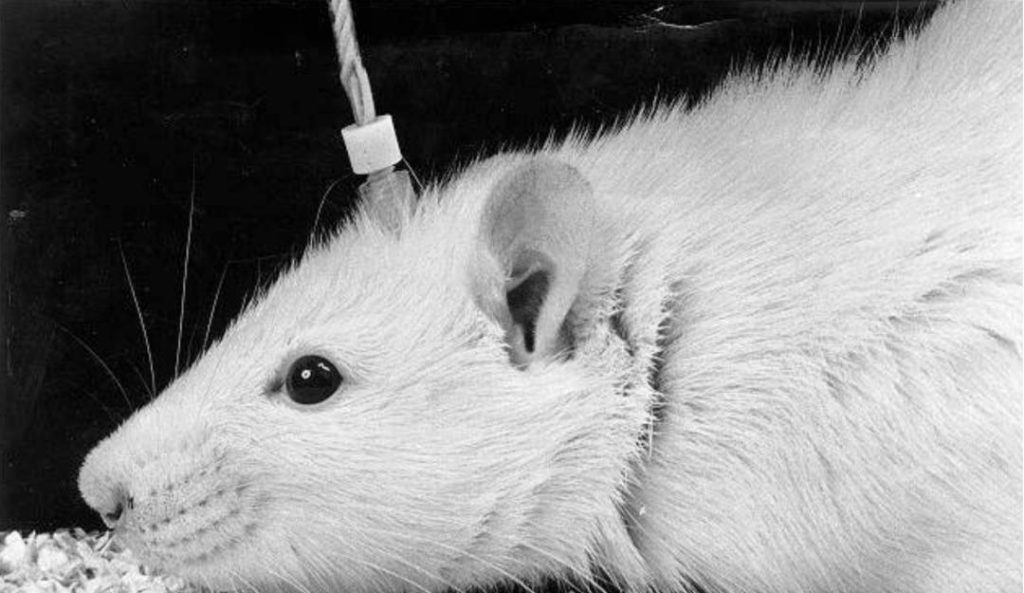
CIA Files Reveal Cold War Plot for Remote-Controlled Animals
In a shocking revelation, newly declassified documents have exposed a CIA Cold War project aimed at weaponizing animals using brain implants. The project, known as Subproject 94 under the MKUltra program, tested rats, dogs, and birds for espionage and assassination missions. The documents, which were recently made public, provide a chilling glimpse into the CIA’s attempts to create an army of remote-controlled animal assassins.
Under the guise of “national security,” the CIA’s MKUltra program, launched in the 1950s, aimed to explore the boundaries of human behavior modification and mind control. Subproject 94, which operated from 1958 to 1962, took this goal a step further by attempting to implant brain-controlled devices in animals.
The project’s primary objective was to develop a system that would allow the CIA to control the behavior of animals, including their ability to perform complex tasks, such as espionage and assassination. The idea was to use animals as unwitting agents, capable of infiltrating enemy territories and carrying out missions without being detected.
The CIA’s plan was to implant small devices in the animals’ brains, which would transmit signals to the CIA’s handlers, allowing them to control the animals’ actions. The devices, known as “stimulators,” would emit electrical pulses that would manipulate the animals’ behavior, making them perform tasks such as navigating through mazes, recognizing targets, and even carrying out attacks.
The project’s scope was vast, with the CIA testing various animals, including rats, dogs, and birds. The animals were trained to perform specific tasks, such as navigating through mazes or recognizing images, and were then implanted with the brain-controlled devices.
One of the most disturbing aspects of the project was the CIA’s willingness to test the devices on live animals. The documents reveal that the CIA conducted numerous experiments on animals, often resulting in their death or suffering.
For example, one experiment involved training rats to navigate through mazes and then implanting them with brain-controlled devices. The animals were then subjected to electrical pulses that controlled their movements, but often resulted in their death due to the intensity of the stimulation.
The project’s potential for human mind control was also hinted at in the documents. The CIA’s goal was to develop a system that could be used on humans, allowing them to be controlled remotely. However, the project was eventually abandoned due to concerns over its ethical implications and the potential for abuse.
In the 1960s, the CIA destroyed many of the records related to Subproject 94, likely to conceal the full scope of the program. However, a small portion of the documents was preserved, providing a glimpse into the CIA’s sinister plans.
The revelation of the CIA’s remote-controlled animal program has raised concerns about the agency’s willingness to push the boundaries of ethics in the name of national security. The project’s abandonment is seen as a victory for those who advocate for ethical treatment of animals and the protection of human rights.
The CIA’s MKUltra program, which operated from the 1950s to the 1960s, was a dark chapter in the agency’s history. The program’s focus on mind control and behavior modification led to numerous human rights abuses, and its legacy continues to be felt today.
The recent declassification of the CIA’s remote-controlled animal program serves as a reminder of the agency’s willingness to experiment on animals and humans in the name of national security. As we continue to navigate the complexities of modern espionage, it is essential that we learn from the mistakes of the past and prioritize ethical treatment of animals and humans.
Source:






